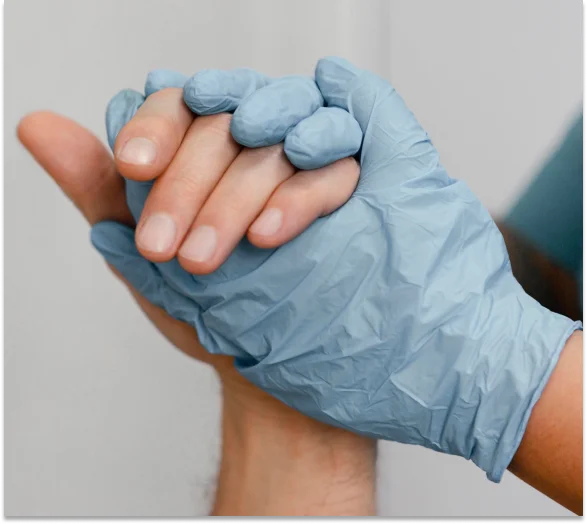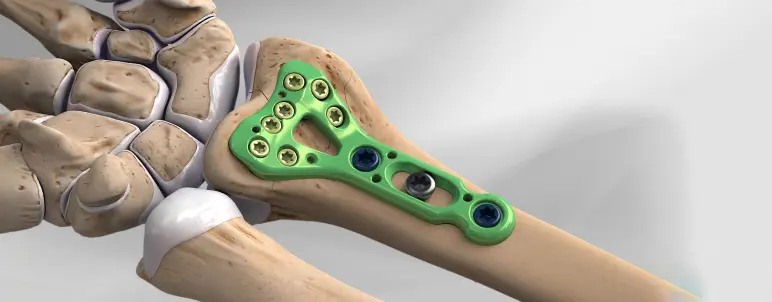Experience Precise Wrist Fracture Treatment by a Trusted
Hand Surgeon in Hyderabad
Wrist Fracture Treatment
A fracture is a partial or complete break in the bone. There are many different types of fractures. Bone fractures are often caused by falls, trauma, or as a result of a direct blow or kick to the body. Overuse or repetitive motions can cause stress fractures.

Reasons for Fractures

Conditions Treated

Distal radius fractures
The most common type, involves the radius bone near the wrist joint.
Scaphoid fractures
Fractures of the scaphoid bone, crucial for wrist stability.


Lunate fractures
Fractures of the lunate bone, requiring careful alignment for proper function.
Triquetral fractures
Fractures of the triquetral bone, often associated with other wrist injuries.


Failure of conservative treatment
Fractures of the bones in the hand that connect to the wrist.
Types of Wrist Fracture Fixation

Percutaneous pinning
Using pins inserted through the skin to hold the bone fragments in place.

Open reduction and internal fixation (ORIF)
A surgical procedure involving an incision to directly visualize and align the bone fragments, followed by fixation with screws, plates, or wires.

External fixation
A metal frame outside the wrist stabilizes the fracture with pins inserted into the bone.
The Surgery Process
Recovery

